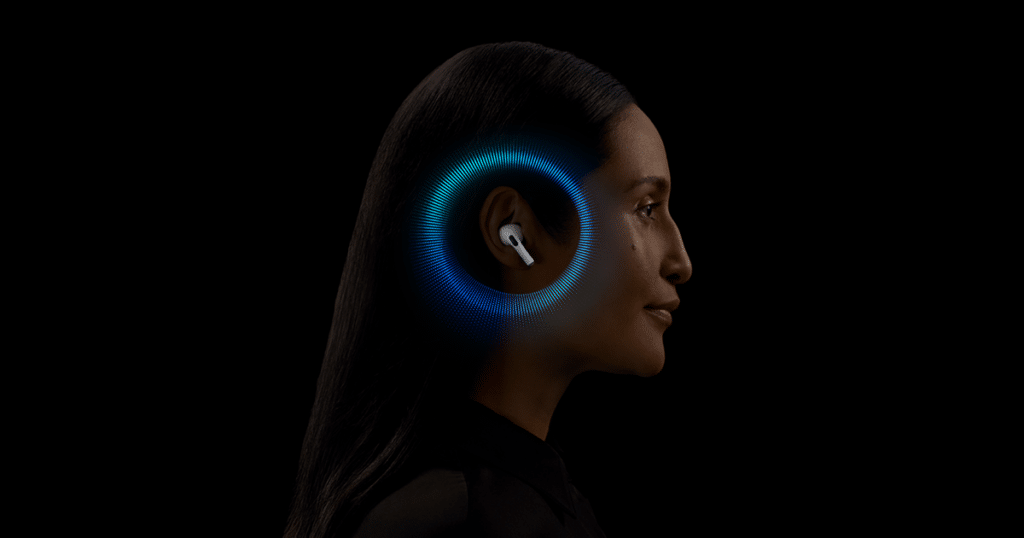As of the latest World Health Organization (WHO) report, more than 1.5 billion people worldwide are experiencing some level of hearing loss. Hearing loss tends to worsen gradually over time, leaving many people unaware of the issue until it becomes significant.
In response to this growing health concern, Apple has introduced an innovative, end-to-end hearing health experience available on Apple Watch and AirPods Pro 2, launched in September. This initiative aims to help users manage their hearing health more effectively with features that provide hearing protection, an at-home hearing test, and even hearing aid functionality for those with mild to moderate hearing loss.
The development of these new hearing health features has its roots in Apple’s Audio Lab, located in Cupertino, California. This specialized lab is critical to Apple’s work in acoustic technology, featuring listening rooms and anechoic chambers designed to eliminate external sounds.
This environment enables engineers to conduct thorough user studies, test new features, and refine products to ensure they meet high standards in acoustic performance.

Apple’s new hearing health experience is available as a free software update. The features, which include hearing protection, a hearing test, and hearing aid functionality, provide users with a comprehensive set of tools for monitoring and improving their hearing. Dr. Sumbul Desai from Apple highlights that hearing needs vary greatly between individuals, which is why Apple designed a highly adaptable hearing health experience.
Every person’s hearing is different, so we created an innovative, end-to-end hearing health experience that addresses this variability in a way that’s both simple to use and adaptable to a wide range of needs. That’s especially important because hearing loss affects people of all ages with different levels of tech savviness
The acoustic engineering breakthroughs in Apple’s Audio Lab have been instrumental in developing these features. The lab’s unique facilities, including a longwave anechoic chamber and the Fantasia Lab with its 50-speaker spherical array, enable precise simulations of various sound environments. These spaces allow Apple to test how AirPods interact with real-world sound scenarios and make accurate audio adjustments. According to Kuba Mazur, Apple’s lead engineer for hearing health, the lab’s setups simulate diverse audio experiences, ensuring that users receive accurate sound representation across different environments.

A significant aspect of this hearing health initiative has been the testing and validation process. In addition to conducting internal tests, Apple’s engineers collaborated with audiologists in clinical-grade audiometric booths to refine the features before release. Thousands of audiometry tests were carried out to validate the new hearing test feature for clinical reliability. The engineering team also focused on making the process intuitive for users, many of whom might be taking a hearing test for the first time. Heather Daniel from Apple’s Design Studio points out that simplicity in design was crucial, especially to accommodate users who may be new to this kind of health monitoring.
By combining the expertise of engineers, designers, and health professionals, Apple has delivered an advanced tool for hearing health, positioning the AirPods Pro 2 as a powerful aid in managing personal wellness and hearing protection.
Subscribe to our email newsletter to get the latest posts delivered right to your email.


Comments